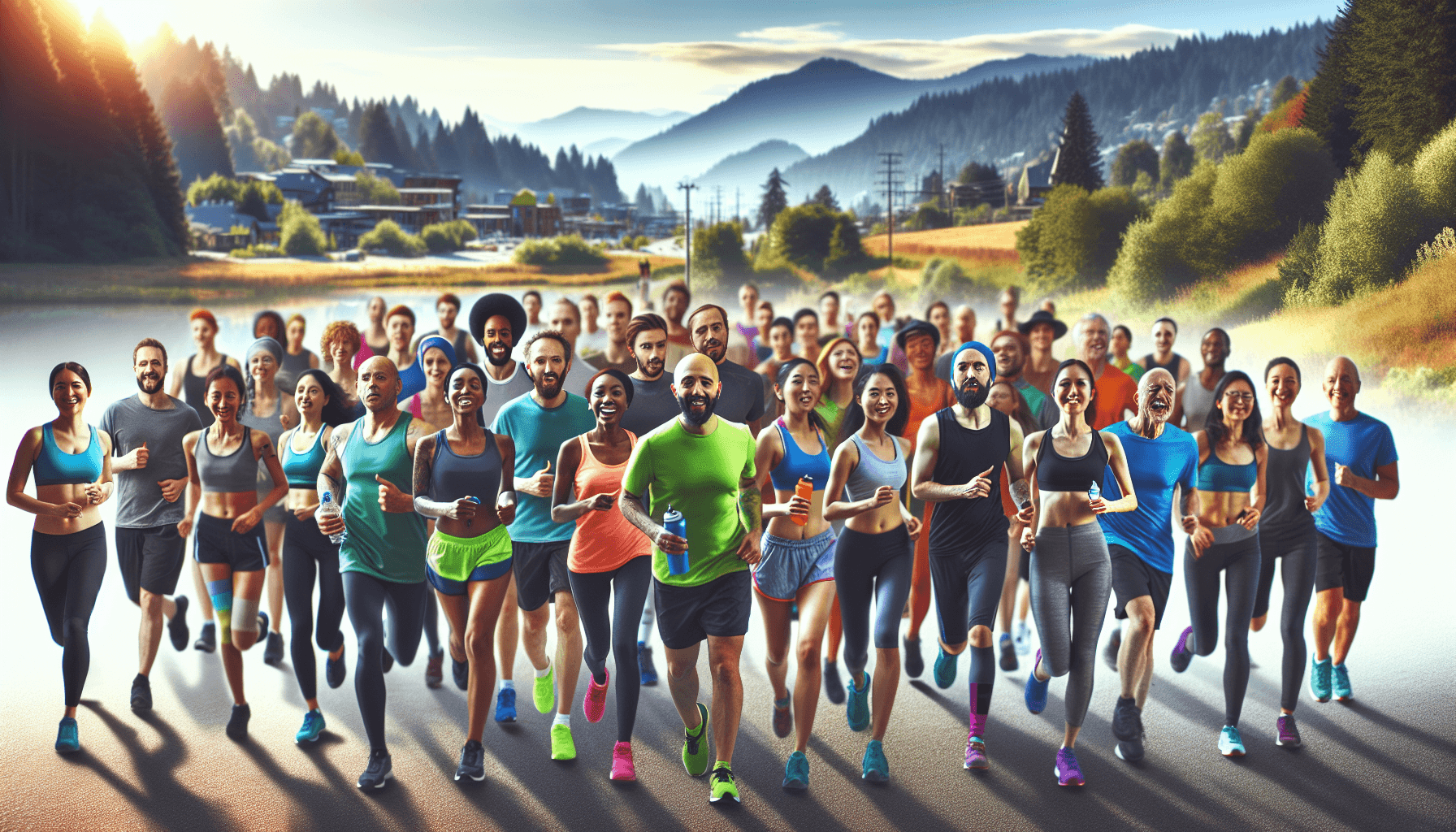If you’re looking to improve your fitness, connect with like-minded individuals, and explore the beautiful trails of Issaquah, WA, starting a walking or running group can be a fantastic idea. Whether you’re a beginner or an experienced runner, joining or starting a group can provide you with a supportive community, accountability, and motivation to achieve your fitness goals.
Benefits of Joining or Starting a Walking or Running Group
Walking or running groups offer several benefits that can enhance your fitness journey:
- Accountability: Being part of a group helps you stay committed to your fitness routine. Knowing that others are counting on you to show up can be a powerful motivator.
- Support and Motivation: Group members can provide encouragement and support, pushing you to achieve your goals and overcome challenges.
- Structured Training: Many walking or running groups provide structured training programs designed to improve your endurance and help you progress at a steady pace.
- Exploring New Routes: Joining a group allows you to discover new trails and paths in and around Issaquah. You can explore the natural beauty of the area while improving your fitness.
- Friendship and Community: Walking or running groups often create lasting friendships. Sharing a common interest in fitness can bring people together and create a sense of belonging.
Now that you understand the benefits, let’s dive into how you can start your walking or running group in Issaquah, WA:
1. Define Your Goals and Purpose
Before starting a group, it’s essential to have a clear vision of what you want to achieve and the purpose of your group. Are you looking to have a casual walking group or a more competitive running group? Do you want to focus on specific fitness goals or simply enjoy the company while exercising? Defining your goals will help attract members who align with your vision.
2. Find Potential Members
Spread the word about your group by reaching out to friends, neighbors, co-workers, and local fitness communities. Utilize social media platforms like Facebook groups or neighborhood forums to connect with individuals who share an interest in walking or running. You can also collaborate with local fitness centers, such as Issaquah Chiropractic Clinic, to spread the word and attract potential members.
3. Establish a Schedule
Determine the frequency and timing of your group’s activities. Decide whether you’ll meet weekly, bi-weekly, or monthly and choose the most convenient days and times for your members. Consistency is key to maintain participation, so create a schedule that works for most people involved.
4. Select Suitable Routes
In Issaquah, you’re surrounded by breathtaking trails and scenic routes that are perfect for walking or running. Research and choose routes that suit various fitness levels within your group. Consider safety, accessibility, and the level of difficulty when deciding on your routes.
5. Set Guidelines and Expectations
Establish clear guidelines and expectations for everyone in the group. Define the pace, distance, and any safety rules that should be followed during walks or runs. Communicate the importance of respecting each other’s abilities and ensuring a supportive and inclusive environment for all members.
6. Organize Group Activities
In addition to regular walks or runs, consider organizing other group activities such as social gatherings, workshops, or participating in local fitness events together. These activities can foster camaraderie and make the group experience more enjoyable.
7. Provide Safety Tips
Ensure the safety of your members by providing essential safety tips. Encourage wearing reflective clothing during low-light conditions, carrying identification, and hydrating properly during walks or runs. It’s also a good idea to have a basic first aid kit on hand.
8. Engage and Connect
Keep the group engaged by regularly communicating updates, sharing motivation, and providing opportunities for members to connect with each other outside of group activities. Utilize online platforms like social media groups or dedicated websites for your group to share information, tips, and encouragement.
9. Adapt and Grow
As your group grows, adapt and accommodate the needs and preferences of your members. Seek feedback, listen to suggestions, and make adjustments to ensure you’re providing a positive and fulfilling experience for everyone involved. Consider diversifying activities to cater to different fitness levels and interests.
Starting a walking or running group in Issaquah, WA, can be a rewarding experience. By following these steps and creating a supportive and inclusive community, you’ll not only improve your fitness but also make lasting connections with fellow fitness enthusiasts in your area.
So, what are you waiting for? Lace up your sneakers, gather a group of like-minded individuals, and take the first step towards a healthier and more connected community!

